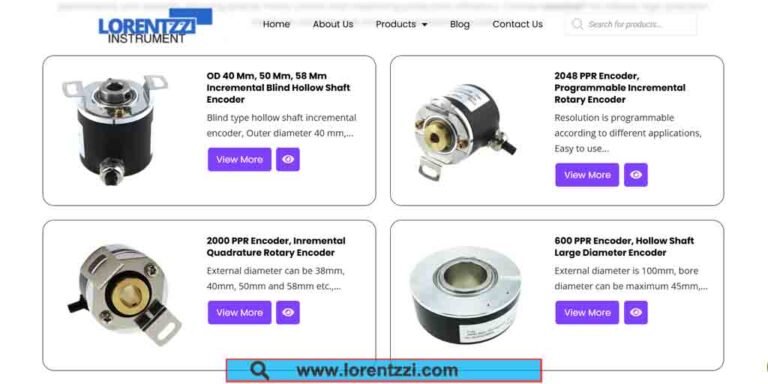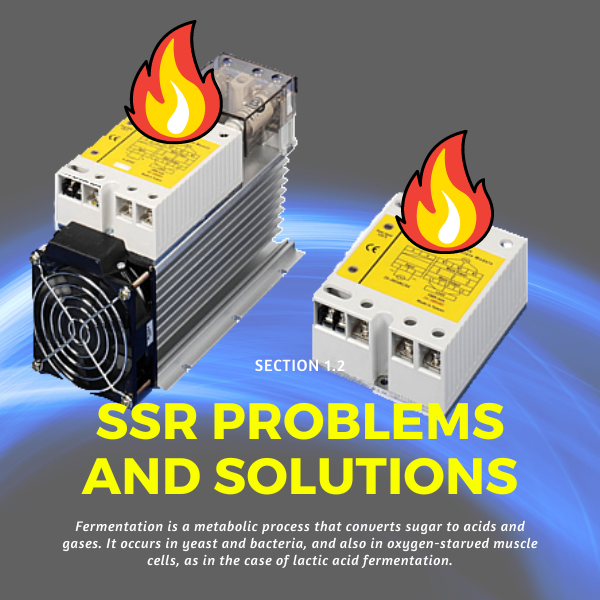This article will provide you a comprehensive knowledge of UVW encoder, including the explanation, working principle, application and the comparison between ABZ encoder and UVW encoder. Let’s learn it now!
What is UVW encoder?
A UVW encoder is a rotary encoder that provides a UVW signal in addition to incremental or absolute position feedback. These UVW signals are typically used for commutation of brushless DC(BLDC) motors. Essentially, UVW encoders help determine the position, speed and direction of a motor shaft or other mechanical system.The UVW signal is used to initially position the motor rotor. These three pulses are square wave signals that differ from each other by 120 degrees of electrical angle.

UVW encoder working principle
The encoder UVW signal is an electrical signal output relative to the rotation angle of the motor stator, which is commonly used in AC motors and servo systems. It is achieved through a special encoding disc structure and photoelectric or magnetic sensors.
The UVW signal of the encoder is based on the stator winding distribution principle of the three-phase AC motor. On the encoder disk, there are three scale marks 120 degrees apart. When the motor rotates, these scale lines block or transmit light or change the magnetic field, thereby generating corresponding UVW signals. By processing these signals, the rotation angle and speed of the motor can be calculated.
UVW encoder applications
UVW encoders are used in a wide variety of applications across industries and a motor control system. Common uses include:
- Brushless DC (BLDC) Motor: UVW encoders are widely used in BLDC motors for precise speed and position control. These provide the feedback needed to change the phase of the motor. To ensure smooth and efficient work
- Three Phase Induction Motor: UVW encoders are also used in three phase induction motors for precise speed and position control. These allow the motor control system to precisely determine the rotor position and optimize motor operation.
- Robotics: UVW encoders play an important role in robotics applications where precise motor control is required. Providing precise speed and position feedback allows robots to perform precise movements, maneuvers, and tasks.
- CNC Machinery: CNC (Computer Numerical Control) machines rely on UVW encoders for precise control of the motor axis. Encoders help maintain precise positioning and movement of machine components. Helps ensure precise machine operation.
- Automated production lines: UVW encoders are used in automated production lines to control the movement and position of machines and components. These ensure assembly. Alignment and precise positioning of objects This helps increase productivity and overall quality.
- Industrial Automation: UVW encoders are a key component in various industrial automation systems. These enable precise motor control in applications such as conveyor systems. material handling equipment and robot arm To ensure efficient and accurate work.
The difference between ABZ encoder and UVW encoder
- Purpose: ABZ is intended for general use in tracking position and speed, while UVW is intended specifically for changing motor direction.
- Signal Types: ABZ gives you A, B and Z signals, while UVW gives you U, V and W signals in addition to position feedback.
- Applications: ABZ is more versatile but does not specialize in motor control, while UVW is optimized for brushless DC motors.
- Data retention: Some UVW encoders can provide exact location data which will be preserved even after a power outage. This is different from most ABZ encoders.
Conclusion

In summary, the UVW encoder is a key component for precise motor control. This is especially true in brush-less DC motors.
The specialized design and construction of the UVW signal allows precise position, speed and direction determination. With applications in various industries, UVW encoders help increase productivity and efficiency in robots, CNC machines, and industrial automation.
Compared with the ABZ encoder, the UVW encoder is more focused on changing the motor direction. and offers the advantage of retaining location data even after a power outage. Using the UVW encoder unlocks improved motor control and improved efficiency in a variety of applications.

If you still have questions about the UVW optical incremental rotary encoder, please contact us!






